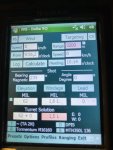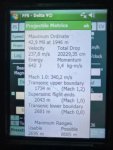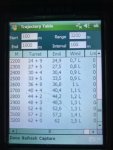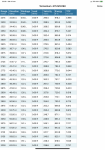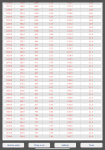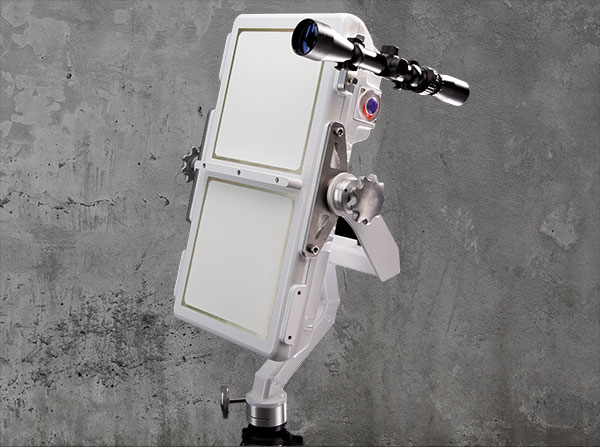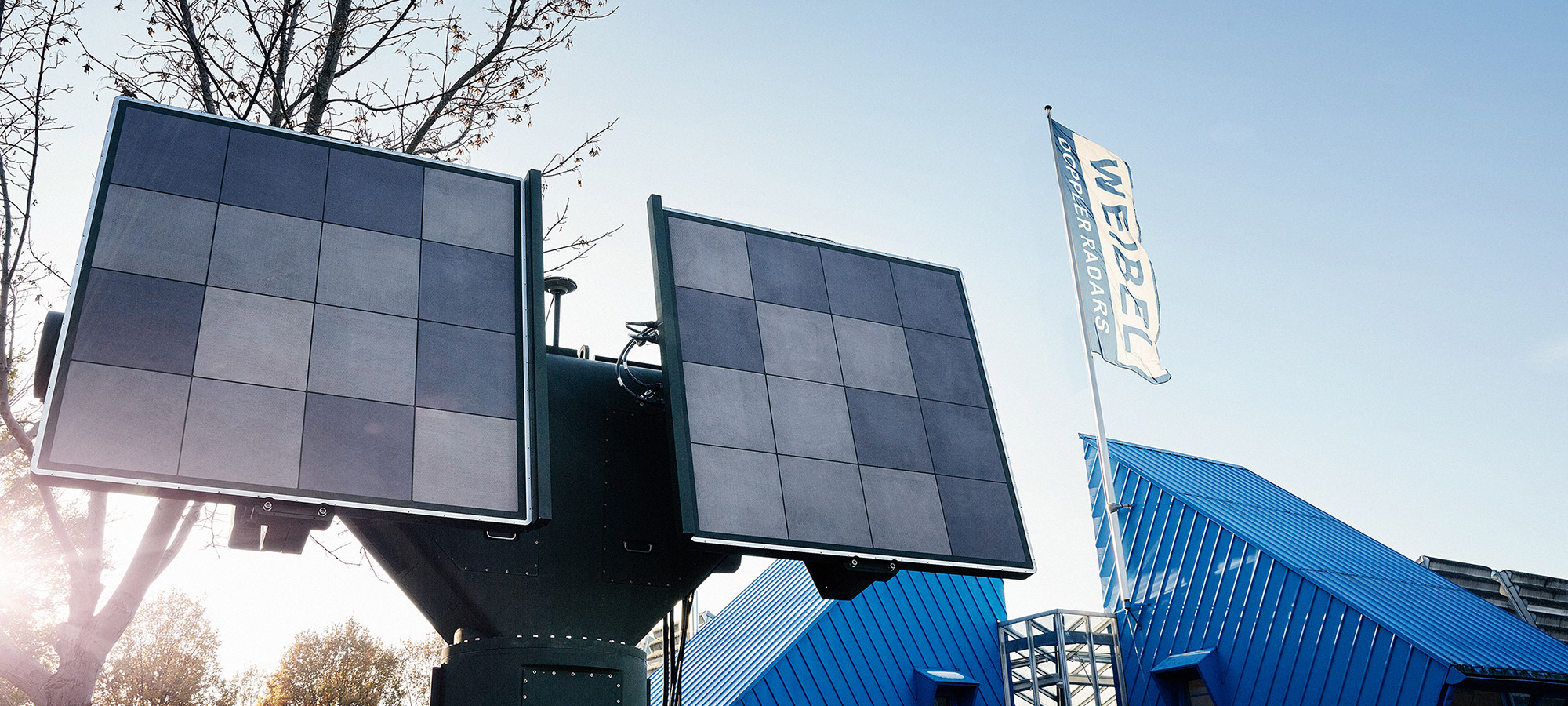Hi,
Long story made short....That "Theme" is completely incorrect.
Read some about Blaine of Field Firing Solutions and look how long his ballistic engine has been doing what it does.
Read some about Gus of Patagonia Ballistics and look how long his ballistic engine has been doing what it does.
Research on the Advanced Ballistic Computer (ABC) from back in the original Cheytac & Associates days...Was built completely from Yuma radar data and caused all sorts of debates on multiple wind zones and such.
Also..here is the linked version of the detailed post made by LL. You can see some actual Doppler comparison charts showing difference between CB and Point Mass ballistic engines (AB, JBM, Strelok, etc)
http://www.patagoniaballistics.com/balengine.html
Here you can see some screenshots of CB Mobile version:
http://www.patagoniaballistics.com/scmobile.html
Sincerely,
Theis
Long story made short....That "Theme" is completely incorrect.
Read some about Blaine of Field Firing Solutions and look how long his ballistic engine has been doing what it does.
Read some about Gus of Patagonia Ballistics and look how long his ballistic engine has been doing what it does.
Research on the Advanced Ballistic Computer (ABC) from back in the original Cheytac & Associates days...Was built completely from Yuma radar data and caused all sorts of debates on multiple wind zones and such.
Also..here is the linked version of the detailed post made by LL. You can see some actual Doppler comparison charts showing difference between CB and Point Mass ballistic engines (AB, JBM, Strelok, etc)
http://www.patagoniaballistics.com/balengine.html
Here you can see some screenshots of CB Mobile version:
http://www.patagoniaballistics.com/scmobile.html
Sincerely,
Theis



